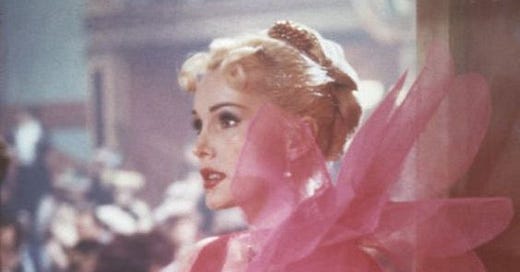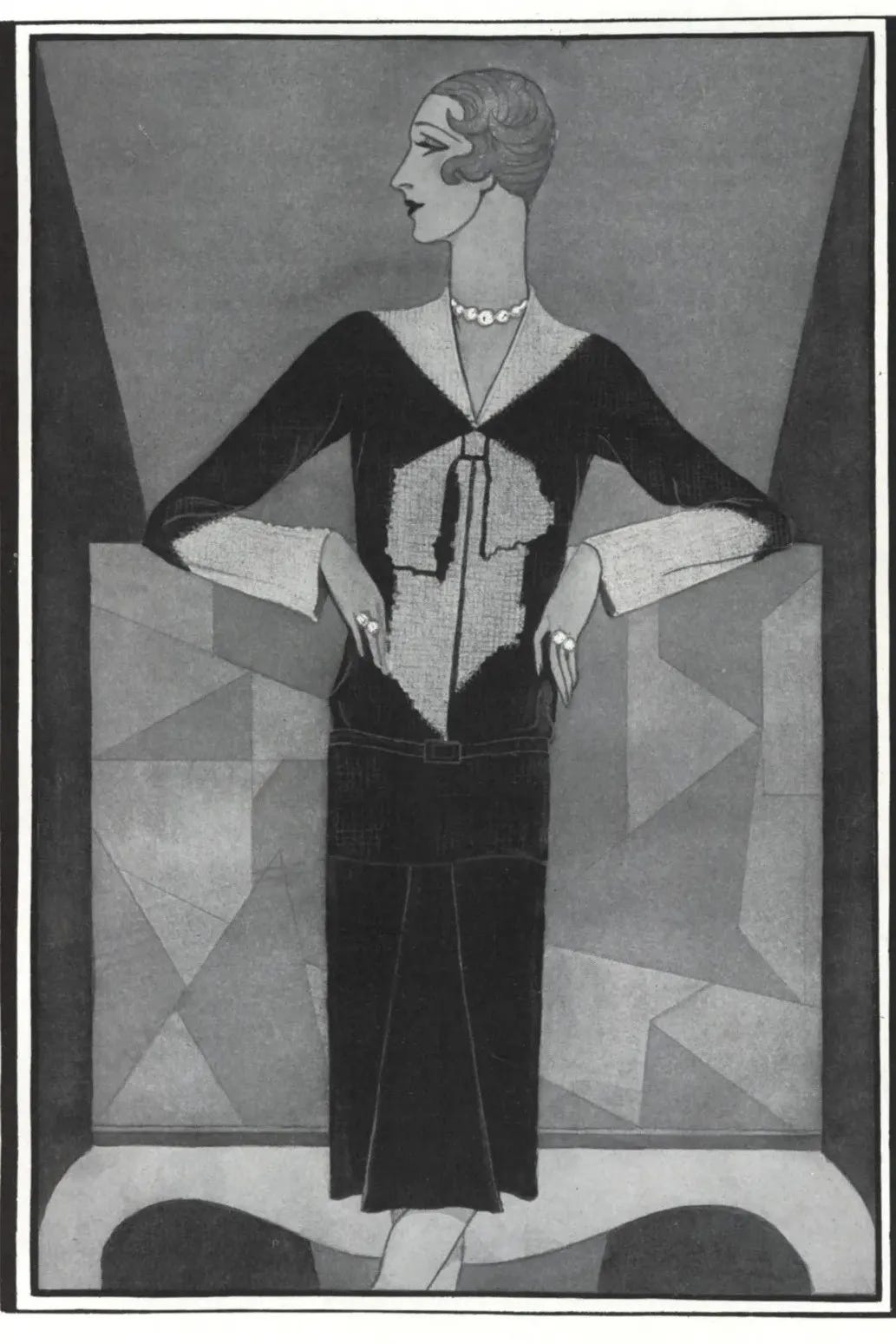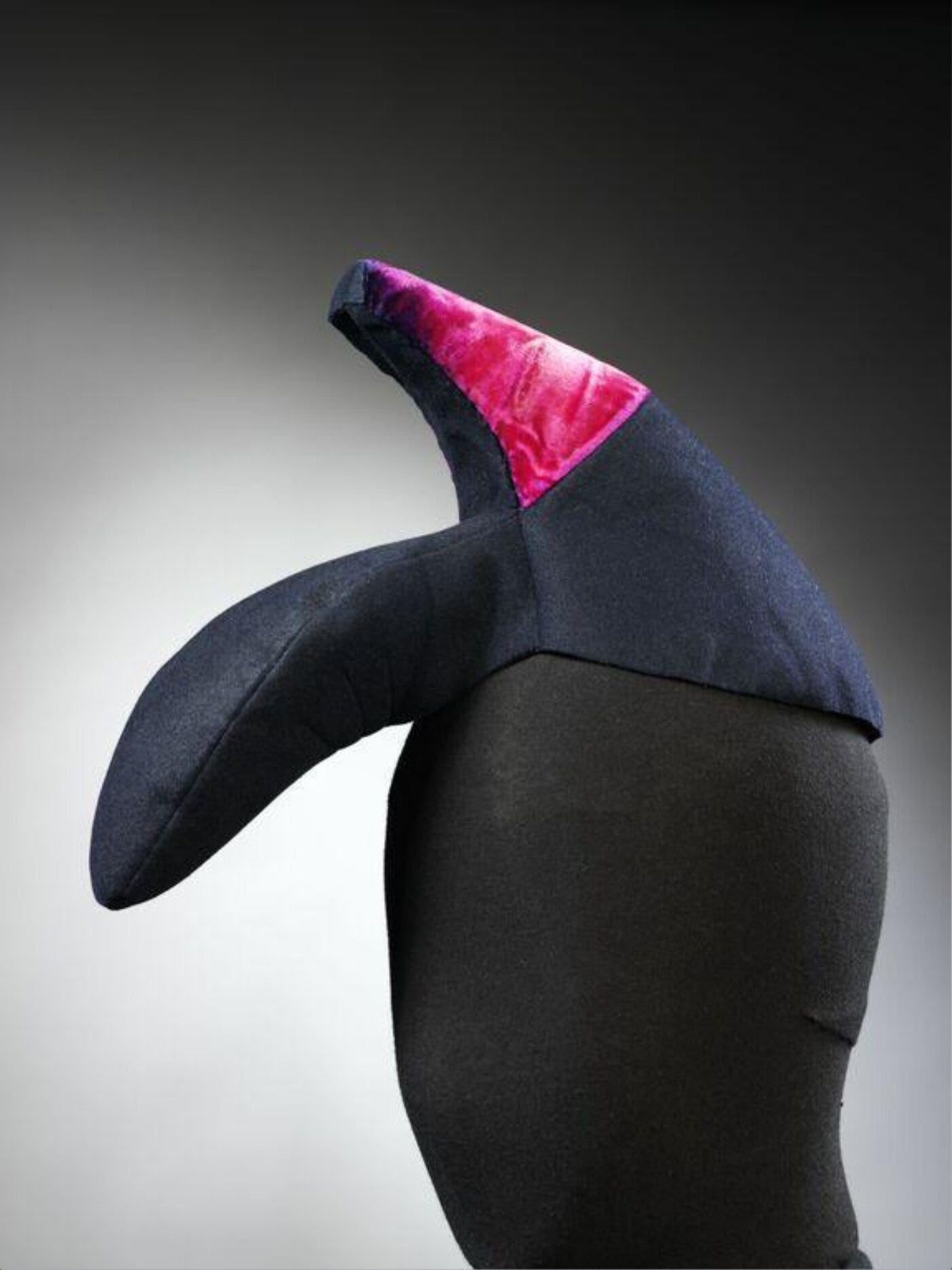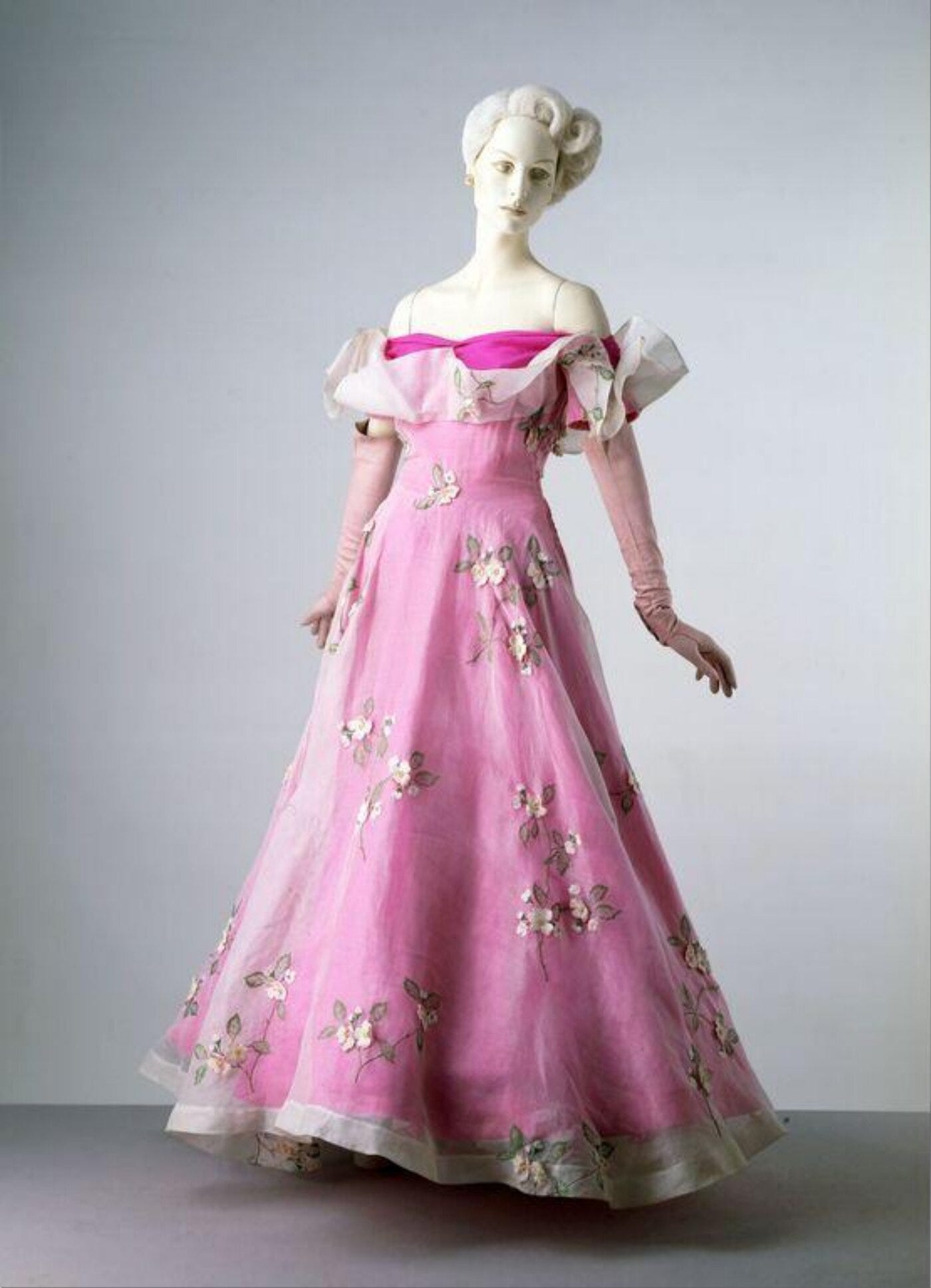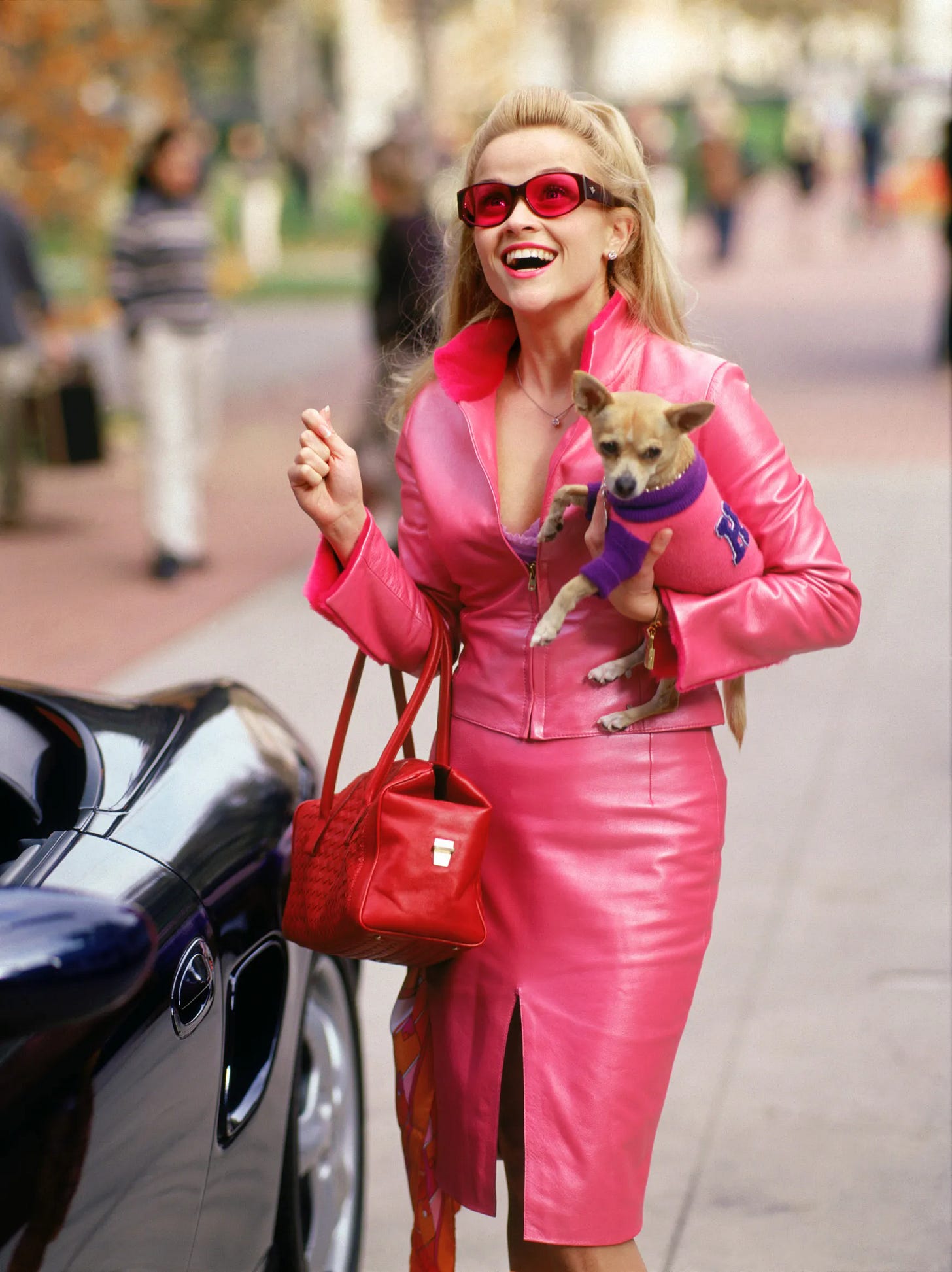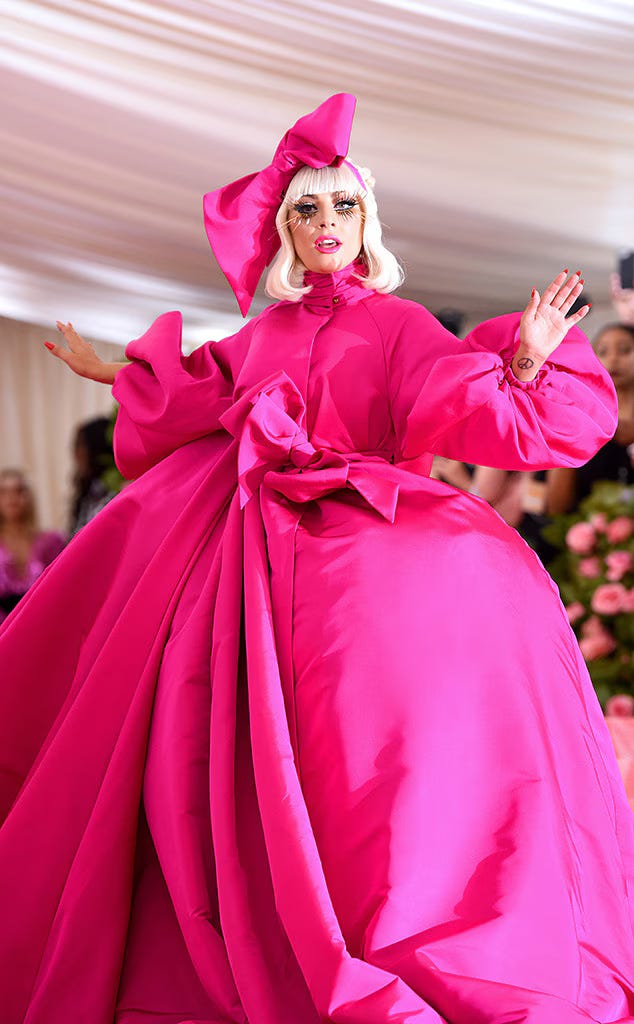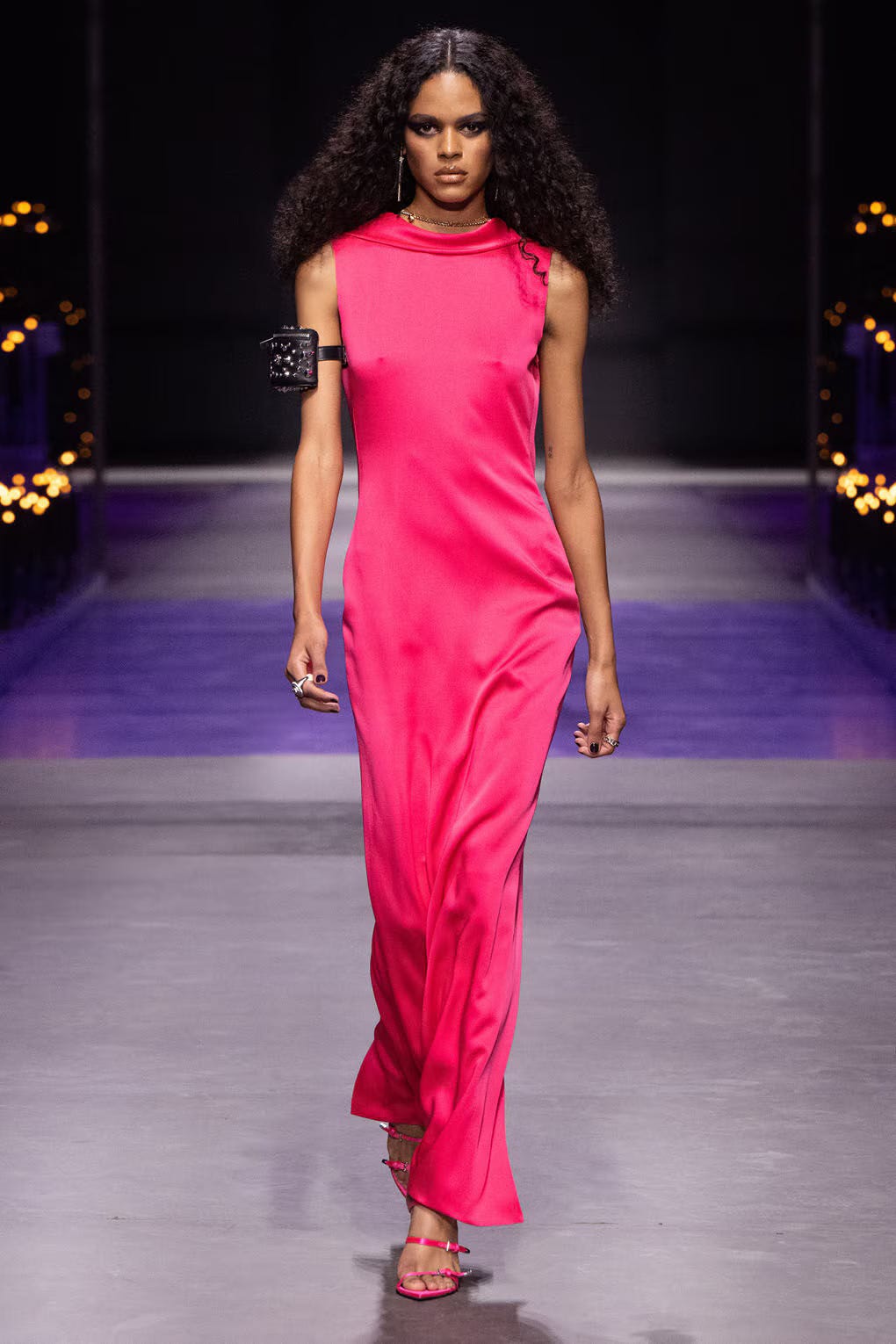003: Shocking Pink: how one colour – and one designer – redefined fashion forever
“The colour flashed in front of my eyes… a shocking colour, pure and undiluted” - Elsa Schiaparelli
I am deeply infatuated with the history of Elsa Schiaparelli and the eponymous house. Surrealistic, collaborative, and without restraint, Elsa’s approach to design was bold and unconventional. From the hand-knit trompe l’oeil bow sweater featured in Vogue’s December 1927 issue to her collaborations with surrealist companions and confidants Jean Cocteau, Salvador Dali, Leonor Fini, and more, Schiap married art and fashion in a union that challenged the industry, and changed it forever.
While reading about Elsa’s role in pioneering one of the most coveted colours in our cosmos (both in a positive and negative light), I was both elated and unsurprised that hot pink was a part of her resume. While not a shade I have ever considered for my current wardrobe, I’ve always been fascinated with hot pink and what it represents.
This full-blooded hue is powerful yet playful. Much like Schiaparelli herself, hot pink – or ‘shocking pink’ as she named it – is unapologetic, energetic and symbolised a break from traditional, softer hues of the era.
After an encounter with a 17.67-carat diamond Cartier ring owned by socialite Daisy Fellowes in the early 1930s, Schiaparelli got to work to create a bold imagining of the hue – an energetic sister of the desirable muted pinks of the decade. Elsa later described the colour as “bright, impossible, impudent, becoming, life-giving, like all the light and the birds and the fish in the world put together, a colour of China and Peru but not of the West’s shocking colour, pure and undiluted.”
By 1937, Schiaparelli’s shocking pink was her signature colour, first used on the box design of her 1937 perfume, Shocking. She further used this colour on various garments and accessories, including one of my favourites: the shoe-hat, which debuted in her Fall-Winter 1937-38 collection.
Since its inception, hot pink has been one of the most unapologetic representations of femininity the world has ever seen. Think Marilyn Monroe in Gentlemen Prefer Blondes (1953), dressed in the iconic pink evening gown and matching gloves for her rendition of Diamonds Are A Girl’s Best Friend, or the conception of Barbie in 1959 with the accompanying Pantone 219 C shade of pink in the 1970s, which is so synonymous with the toy that Mattel earned trademark protection without the need of trademark registration. Later, the release of Legally Blonde (2001), starring Reese Witherspoon co-opts hot pink as her character’s signature colour. The film’s use of pink in Elle Woods’ costumes represents power, and confidence and helped the film achieve sartorial relevance to this day.

Today, hot pink drifts in and out of fashion consciousness. At this point, you might be wondering how hot pink is a relevant conversation for today. In 2025, we’ve resolved back to a more pared-down, soft powder pink as the colour of now, representing a desire to reconnect with simplicity amidst the chaos and seriousness of current times. This is similar to the muted, soft, and notably dusty colours of the 1930s (before Schiaparelli brought shocking pink to life) that reflected the era’s economic and political anxieties.
When Valentino released their vibrant Pink PP Collection in Fall/Winter 2022, creative director Pierpaolo Piccioli claimed he’d selected the shade to “subvert” its cultural meanings. Valentino also described this “pink as a manifestation of the unconscious and a liberation from the need for realism,” shining light, optimism and rebellion in a time of global uncertainty. At this time, the Barbie-fication of culture and fashion seamlessly blended with the concept of dopamine dressing, which companies marketed to consumers’ spirits to drive shoppers to buy during Covid-19 and a time of uncertainty. Fashion and dopamine dressing were considered escapism, using colour to drape light over a dark situation.
But while colour can be coveted as a symbol of rebellion and/or optimism in times of global uncertainty, it can also be a powerful tool for self-expression. In a world where fashion is becoming more democratised through social media, colour can become a personal signature, and so few colours are as divisive as hot pink. A woman walking down the street in a vibrant, hot pink is bold, daring and dominant – she unapologetically commands attention while embodying confidence and unapologetic femininity.
Like Elsa Schiaparelli, who took pleasure in challenging typical notions of dress, there is so much power in colour. Whether symbolising power, playfulness, or protest, colour remains one of fashion’s most potent visual tools. It is a reminder that fashion is cyclical, yet certain ideas, like Schiaparelli’s fearless innovation, remain timeless.

